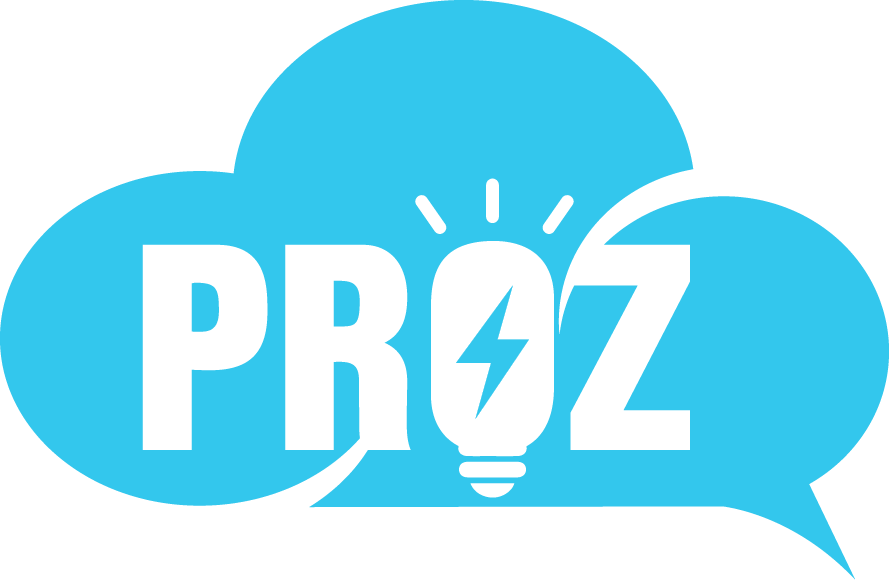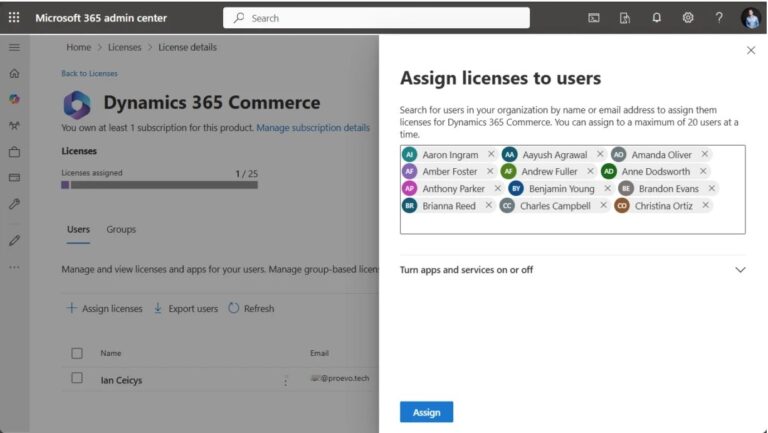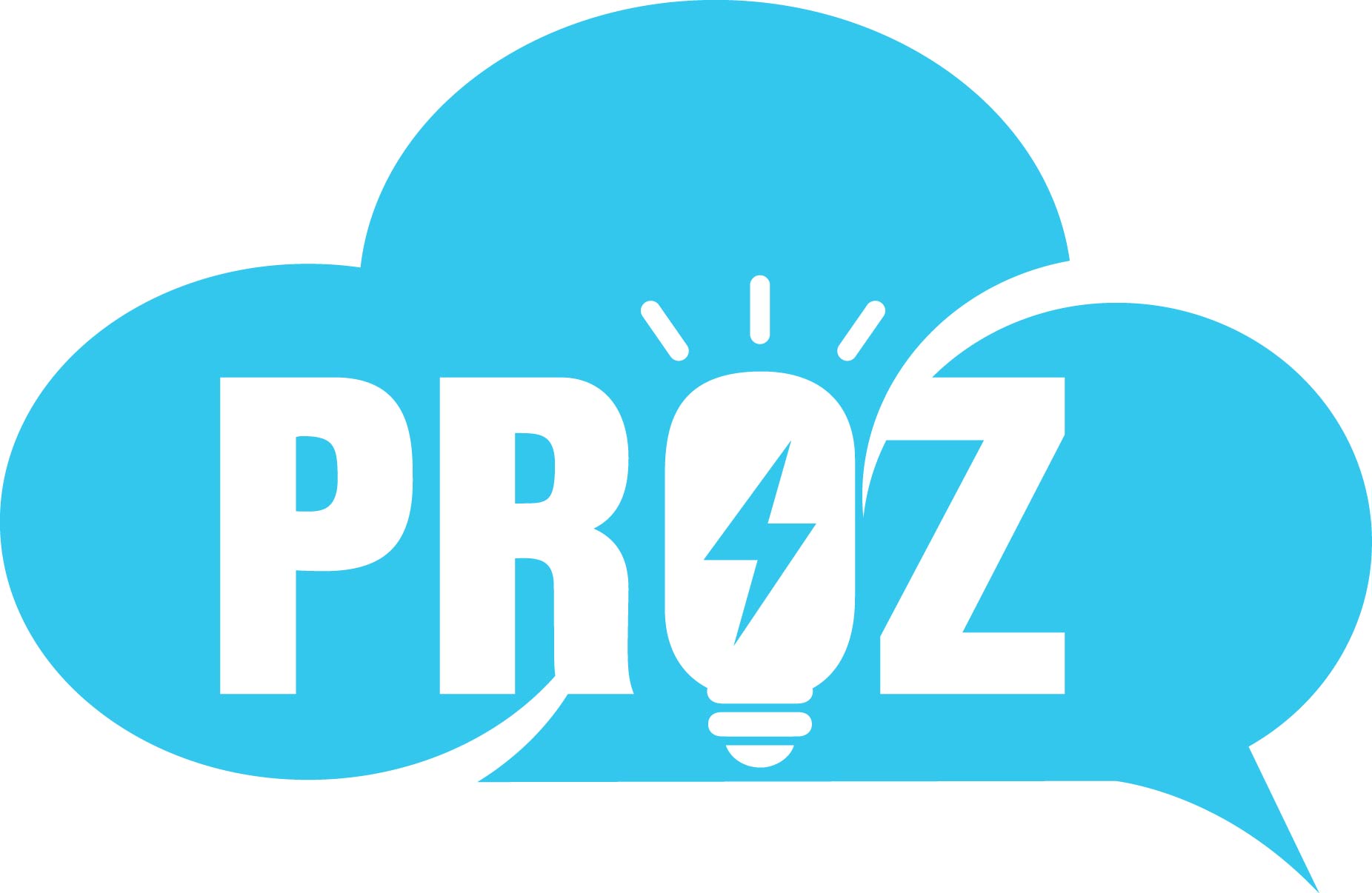Customer demands are higher than ever – in fact, 86% of service reps say customer expectations are higher than they used to be. The last thing your service reps need is to spend time hopping between documents and tabs, looking for the right answers.
What if there was a way your reps could get potential responses served right to them, immediately after a customer sends a message?
With Salesforce’s Service Replies, service reps get thoughtful, AI-generated responses in the service console as a chat conversation unfolds, saving them valuable time while improving customer satisfaction.
This article will delve into Service Replies, how it works, and how to get started with them.
What you’ll learn:
Solve and close cases, fast
Save time for your service reps with the help of generative AI. Service Replies offers response suggestions to help reps solve cases faster and enhance customer experiences.

What are Service Replies?
Einstein Service Replies is a powerful feature in Salesforce that supports service reps in their customer conversations by providing contextual and grounded response suggestions in real-time. Service replies are available for both chat and email, though the real-time aspect is specific to chat conversations.
Each time an end user sends a message, a new set of recommended responses is generated by artificial intelligence (AI) for the service rep, right in the service console (no need to toggle between tabs!). Reps can post these responses directly, tweak them, or mark them as not helpful, ensuring they always have a starting point for their replies.
Key features include:
- Real-Time Suggestions: For chat conversations, service reps receive real-time response suggestions.
- Contextual and Grounded Responses: Contextual prompts are based on the conversation, while grounded prompts are based on information from your knowledge base and other related records.
- Customization: Admins can modify the tone and format of the output using Prompt Builder.
- Agentforce Data Libraries: Data libraries indexes your knowledge articles and file uploads so AI knows which information to base its responses on. This results in richer and more relevant replies. (Back to top)
How Service Replies work
Service Replies uses a large language model (LLM) to generate natural, human-like responses to customer inquiries. The system works by ingesting and indexing your knowledge base, which includes articles, FAQs, and other relevant information.
When a customer sends a message, Service Replies analyzes the content, matches it with the most relevant information from your knowledge base, and drafts a response. This process not only speeds up response times but also ensures that customers receive accurate and consistent information.
To ensure the effectiveness of Service Replies, it’s important to maintain an up-to-date and accurate knowledge base. The system uses this information to draft responses, so any inaccuracies can be propagated to customer interactions. (Back to top)
Why are Service Replies important?
Service Replies is important for customer service for several reasons:
- Enhanced Productivity: Service reps can respond to customers more quickly and accurately, reducing wait times and improving customer satisfaction.
- Consistency: Service replies ensure that responses are consistent and aligned with your organization’s tone and policies.
- Data-Driven Responses: By grounding responses in your knowledge base and other related records, service reps can provide more accurate and relevant information.
- Service Rep Support: Service replies reduce the cognitive load on reps, allowing them to focus on higher-value cases and building stronger customer relationships. It can also help reduce burnout. (Back to top)
Join the Serviceblazer Community on Slack


Best practices for effective Service Replies
Here are some key strategies to ensure that your Service Replies are effective and efficient:
1. Maintain accurate and up-to-date knowledge
Service Replies relies on your knowledge base to generate accurate and relevant responses. Therefore, it’s crucial to keep your knowledge base articles accurate and up to date. Regularly review and update your content to reflect the latest information about your products, services, and policies. Inaccurate or outdated information can lead to incorrect responses, which can harm customer trust and satisfaction.
2. Define success metrics
To measure the effectiveness of your Service Replies, define clear success metrics. Common metrics include Customer Satisfaction (CSAT), Average Handling Time (AHT), and First Contact Resolution (FCR). Implement a system to track these customer service metrics regularly and use the data to identify areas for improvement. For example, if your CSAT scores are low, you may need to refine your knowledge base or adjust your prompt templates.
3. Customize responses to reflect your brand
While automation is a key benefit of Service Replies, it’s important to ensure that your responses reflect your customer service voice. Customize your response templates to align with your brand identity, making your communications feel more personal and authentic. This can help build stronger connections with your customers and enhance their overall customer service experience.
4. Train your customer service team
Even with automated responses, your customer service team plays a crucial role in ensuring that Service Replies is effective. Train your team to understand how the system works and how to provide additional support when needed. This will help you maintain a high level of service and ensure that complex or sensitive issues are handled appropriately.
Trailhead, Salesforce’s free online learning platform, is a great resource for your team to learn valuable customer service skills, including how to work with AI tools like Agentforce. The Serviceblazer Community on Slack is another great resource for your team to learn best practices for using AI in customer service effectively from fellow service pros. (Back to top)
How to measure success
Measuring the success of service replies involves tracking several key metrics:
- Service Rep Adoption: Monitor how frequently your service reps are using the suggested responses and whether they are finding them helpful.
- Customer Satisfaction: Track customer satisfaction scores to see if the quality of service has improved.
- Response Time: Measure the time it takes for reps to respond to customer inquiries and see if it has decreased.
- Data Consumption: Keep an eye on the consumption of Data Cloud credits to ensure you are within budget.
By providing real-time, contextually relevant response suggestions, Service Replies increases service rep productivity, ensures consistency across responses, and improves the overall customer experience. With the ability to customize and ground responses in your organization’s data, you can tailor the feature to meet your specific needs and adhere to company guidelines. (Back to top)
Meet Agentforce for Service
Watch Agentforce resolve cases on its own, deliver trusted answers, engage with customers across channels, and seamlessly hand off to human service reps.












